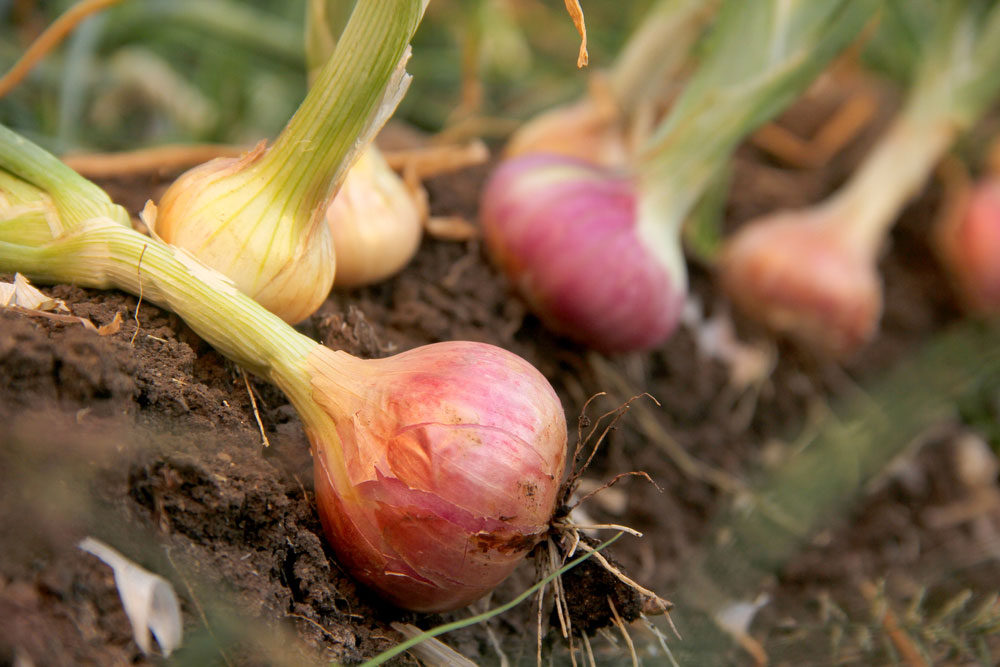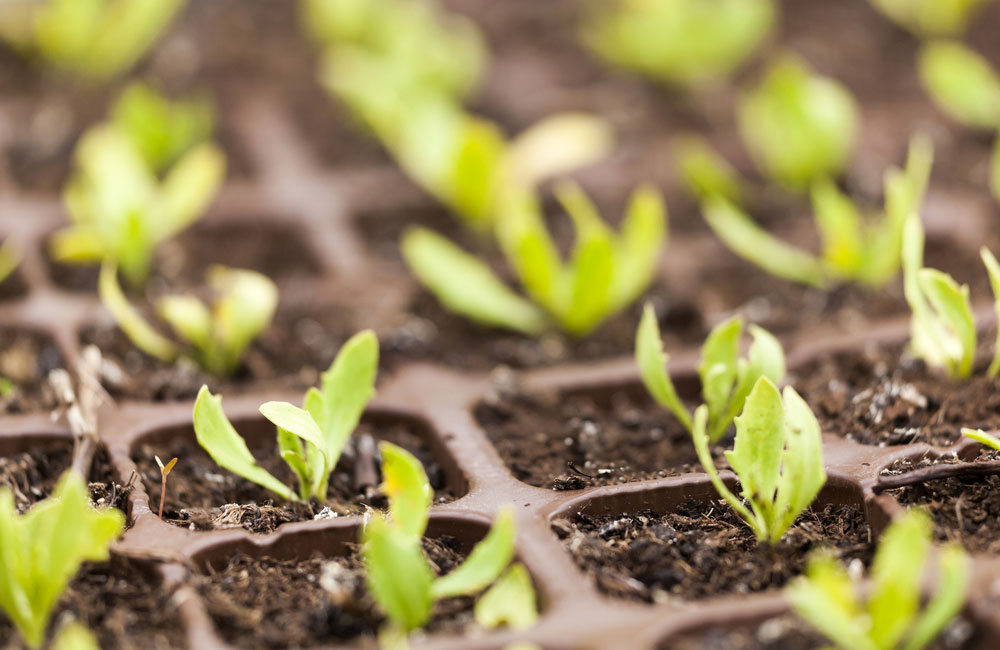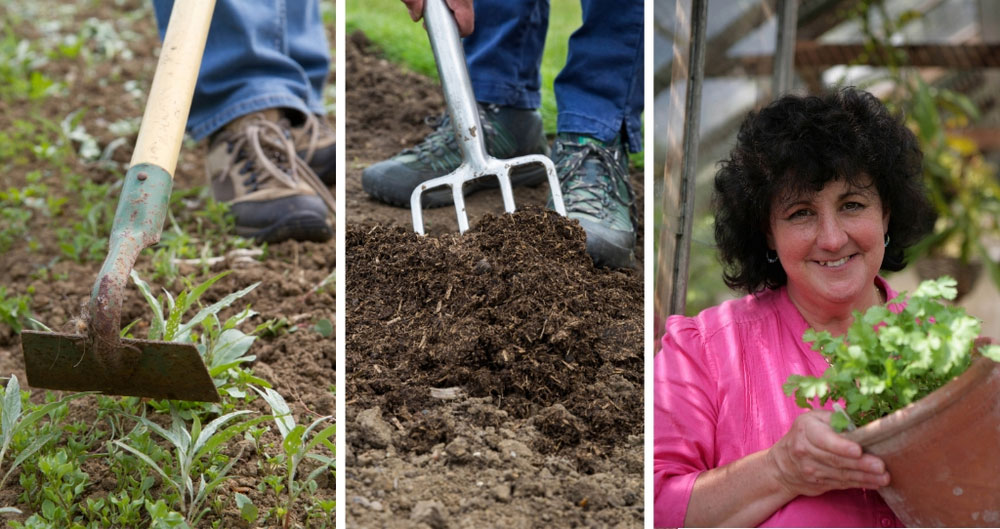Water features and ponds
- If the weather has been hot where you are, it’s worth checking water levels in ponds and water features as evaporation can have a serious impact. By keeping them topped up you’ll not only have a better looking garden and keep pond plants happier, but you will also be making it easier for garden wildlife to get a much-needed drink or place to bathe!
- In sunnier parts of the garden, ponds and water features may well be starting to develop problems with algae. As masses of algae build up in the water it not only looks awful and isn’t great for the pond, but may even restrict movement of pond wildlife. Try to pull out as much of the blanket weed (the tangley, thread-like stuff) as you can, then leave it partly in the water and partly outside on the edge for a day or two so that any pond critters can get back into the water.
- If your pond has developed a ‘pea soup’ look then this is a different sort of algal problem and not one you can simply scoop up and remove. Don’t be tempted to drain the pond and re-fill it as this often makes the problem worse. It’s far better to increase the number of oxygenating plants and add some surface-floating plants to shade the water somewhat. In addition, consider using barley straw to kill off these algal blooms. You can buy straw pads for this or make a DIY version by cramming barley straw into an old pair of tights and submerging this at the bottom of the pond.
Edibles
- Early in June you’ll need to continue to earth up the soil along rows of potatoes as soon as a few inches of the haulm (stem and foliage) appears above the soil. For those early plantings there is no need to do this as the foliage will be much bigger now and indeed there may even be a few tubers that are ready to eat towards the end of the month.
- The weather seems to specialise in being erratic and full of unexpected surprises, but this month often sees dry periods, so you will need to water some crops if conditions are getting dry and you want to maximise yields. Many vegetables cope well in a bit of dryness but some are seriously damaged, so need to be given a bit of extra TLC. Classic examples are lettuces, spinach, coriander and the pod-setting beans. After a really good drenching, top up mulches to encourage the moisture to stay in the soil.
- Tomatoes will need regular feeding with a high-potash liquid feed as they should be growing more rapidly this month and early greenhouse crops may be starting to fruit. Regular watering is especially important for tomatoes in containers and those which are bearing fruits, aim to keep the compost just moist at all times. Water is even more important than food!
- Make regular sowings of your favourite salad leaves. Choose a combination of the tastiest and prettiest beetroots, spinach, lamb’s lettuce, coloured-leafed lettuces and perhaps some rocket or annual herbs. Mix all the seeds up in a jar and regularly make small sowings. You can sow the seeds on to the surface of pots of moist compost or into open ground, but either way, only cover it with the lightest layer of compost or soil. The ‘leaves’ will appear really quickly and can soon be harvested for the freshest possible salads as and when you want them.
- Keep crops such as calabrese, Brussels sprouts and cabbages covered at all times. There are always pigeons and cabbage white butterflies about just waiting to cause damage or lay their eggs. If you use an ultra-fine material like Micromesh, it will keep everything out, even aphids and flea beetles and can be used for many years.

- As soon as the foliage starts to yellow and flop on onions or garlic it means that the crop is nearly ready…unless of course it’s under attack from a pest or disease! Don’t lift the crop straight away but instead use a fork to gently ease the bulbs slightly out of the soil. This will then mean that they can continue to ripen and the bulb necks can close properly. After a week or two lift them completely, shake off excess soil and allow the ripening to finish completely by hanging the crops up to dry in a well-ventilated, sunny spot. I use the parallel wires we installed to keep the deer out of the veg plot!
Flowers
- June is a good month to save yourself a lot of money and a great sense of achievement at the same time – sow some seed to raise your own herbaceous perennials and biennials. There are plenty to choose from, but why not start with some of the classics such as the biennials Sweet Williams and wallflowers, and perennials including verbascums, phlox and Canterbury bells? The range of flower colours available when you sow your own seed is phenomenal!

- Pots, planters and hanging baskets full of summer bedding plants make such great impact over the next few months but don’t forget that they need a plentiful supply of food to continue to flower their socks off. I find that the easiest thing to do is to mix up extra-large quantities of liquid tomato food and feed tomatoes and flowering containers at the same time. The high potash content of this sort of food makes it perfect for encouraging plenty of flowers on both edibles and ornamentals.
- Roses may be looking gorgeous right now, but it’s worth looking down to the base of the plant as well as enjoying the lofty blooms. Suckers, basically growth from the rootstock, often appear at this time of year and have the potential to weaken the overall growth if not dealt with promptly. These vigorous shoots often have a slightly different leaf shape from the ‘normal’ leaves and are best removed by pulling off, rather than cutting.
- In July you'll need to regularly deadhead summer bedding plants and herbaceous perennials. It may seem like the ultimate never-ending job but it really does help to prolong the flowering season. And don’t forget that all those faded flowers make great compost!
- Sweet peas and dahlias should be flowering at their peak this month, so make sure you enjoy them everywhere you can, in the house as well as the garden. Both make truly wonderful cut flowers and neither are readily available for sale in florists, supermarkets or other cut-flower outlets. The great thing is that the more you pick, the more flowers you’ll get as picking stimulates flower production….so that’s two good reasons to have flowers in your house and garden!
- In warmer parts of the country you can summer prune your wisteria towards the end of the month; in cooler climes, best wait until August. The long, somewhat whippy side growths on the main stems need shortening. Cut each one back to about six leaves and although it may take a while to complete the job, it really will encourage more flower buds to form for next year’s display.
Summery flower for you and the pollinators
Plants that are reliably gorgeous during the summer make a welcome addition to our gardens. So, if you feel like adding some ‘instant’ colour to your garden now, why not think about pollinator-appeal too? These plants and many closely-related cultivars are gorgeous for gardens and perfect for pollinators too:
- Cerinthe major ‘Purpurescens’
- Rudbekia ‘cherry Brandy’
- Nicotiana sylvestris
- Orlaya grandiflora
- Zinnia ‘Envy’
- Cosmos ‘Purity’
- Ridolfia segetum
- Lupins
- Calendula ‘Indian Prince’
- Heliotrope ‘Midnight Sky’

